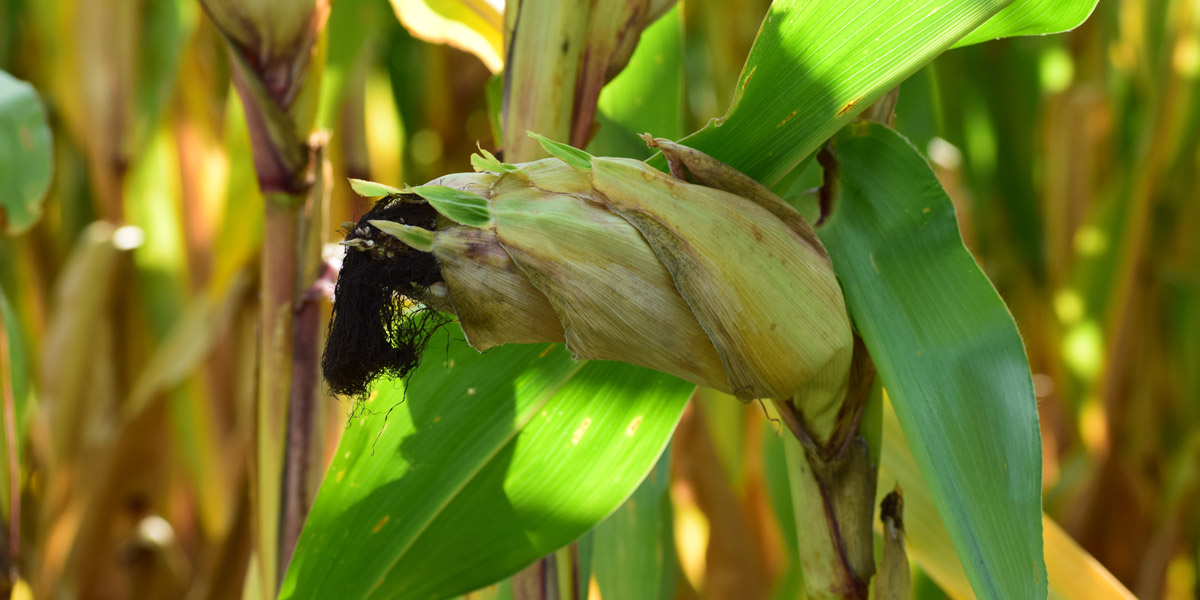
New analysis raises questions of food and environmental safety
The chief benefit claimed for GMO insecticidal Bt crops is that unlike conventional pesticides, their toxicity is limited to a few insect species. But a new peer-reviewed analysis systematically compares GMO and natural Bt proteins and shows that many of the elements contributing to this narrow toxicity have been removed by GMO developers in the process of inserting Bt toxins into crops. Thus developers have made GMO insecticides that, in the words of one Monsanto patent, are "super toxins".
The authors additionally conclude that references to any GMO Bt toxins being "natural" are incorrect and scientifically unsupportable.
What are Bt toxins?
Bt toxins are a diverse family of protein toxins produced in nature by the bacterium Bacillus thuringiensis, which is a gut pathogen of many species. Naturally occurring toxins (also known as Cry toxins) of B. thuringiensis are believed to all have very limited toxicity ranges. These toxins exist in nature as crystals packaged around DNA. Through a complex sequence of unpacking and protein processing steps, these molecules are converted to active toxins and kill their targets by creating holes in the membranes of the gut lining of their victims.
Commercially, GMO Bt toxin-expressing corn, cotton, and soybeans are widely grown around the world. GMO Bt crop varieties constitutively synthesize these Bt toxins and can contain numerous different Bt transgenes (1), each with somewhat different pest control properties. For this publication, the authors reviewed biosafety application documents for 23 globally traded Bt pesticidal GM crop events as well as peer-reviewed research and patents. They sought to compare GM proteins with natural ones. Their analysis is the first to explore the chemical and functional differences between GMO Bt toxins and natural ones.
The findings
The new review describes numerous differences between naturally occurring and GM Bt proteins. Some are intentionally introduced but others are inadvertent in origin. They include:
* All GMO Bt toxins are soluble proteins rather than crystalline structures;
* Many GMO Bt toxins are truncated proteins;
* Parts of natural Bt toxins are often combined to make hybrid GMO molecules that don’t exist in nature;
* GMO Bt toxins often have added to them synthetic or unrelated protein molecules;
* GMO Bt toxins may be mutated to replace specific amino acids;
* All GMO Bt proteins are further altered inside plant cells. GMO crop plants themselves thus cause changes to the nature of Bt toxins.
The implications
Surprising as it may seem, the authors found that these changes are poorly taken into account in GMO risk assessment. For example, GMO regulators frequently refer to the "history of safe use" of specific natural Bt toxins. Regulators also controversially allow most tests of safety to be on surrogate toxins, rather than GMO crops themselves (2). The authors’ next question was therefore to determine whether these physical changes enhanced Bt protein toxicity, which would imply real world food and biosafety implications.
In the publication, the authors identify clear theoretical reasons, and sometimes direct evidence, to support the notion that each of the six types of changes noted above enhances Bt toxin activity. For example, Ciba-Geigy measured its Bt 176 toxins to be 5-10 times more toxicologically active when inserted into plants. Monsanto patented a series of novel Bt toxins with up to 7.9-fold enhanced activity and called these "super toxins" having "the combined advantages of increased insecticidal activity and concomitant broad spectrum activity”. The most powerful of these is now found in commercial MON863 corn.
Additionally, there are theoretical reasons to expect all GMO Bt toxins to have broader spectrums of activity. Natural Bt toxins are large, insoluble, and non-toxic precursors requiring unusual chemical conditions to become active toxins, but thanks to the processing undergone by all GMO Bt proteins these are far closer to the toxicologically active form having bypassed key specificity requirements.
The authors conclude that GMO companies have been commercialising Bt insecticide-containing GM crops with increased and broadened toxicity, undermining the chief safety advantage of Bt toxins over conventional pesticides. These facts, they state, are ignored by GMO biosafety regulators.
Author Jonathan Latham, executive director of the Bioscience Resource Project, said: "We are raising important questions here. This publication reveals compelling scientific reasons to be concerned about the toxicological consequences of GM Bt toxins in food and in the environment. But it also reveals the complex interplay between corporations which carefully select the data they share with regulators and, on the part of regulators, a willingness to ignore the science if it threatens to derail a GMO approval."
Author Angelika Hilbeck of the Swiss Federal Institute of Technology said: “Naturalness is a key claim about pesticidal GM crops. But it is constructed to justify the omission of actual testing of the GMO. 'O' stands for organism, after all, but what we observe in the use of surrogate proteins for risk assessment is the reduction of biology to chemistry."
The new publication is available (open access) from:
http://www.tandfonline.com/doi/full/10.1080/02648725.2017.1357295
Citation: Jonathan R. Latham, Madeleine Love & Angelika Hilbeck (2017) The distinct properties of natural and GM cry insecticidal proteins, Biotechnology and Genetic Engineering Reviews, 33:1, 62-96, DOI: 10.1080/02648725.2017.1357295.
Notes
(1) https://www.rt.com/news/smartstax-maize-germany-approval-428/
(2) Dolezel, M., et al. (2011). Scrutinizing the current practice of the environmental risk assessment of GM maize applications for cultivation in the EU. Environmental Sciences Europe, 23, 33. doi:10.1186/2190-4715-23-33